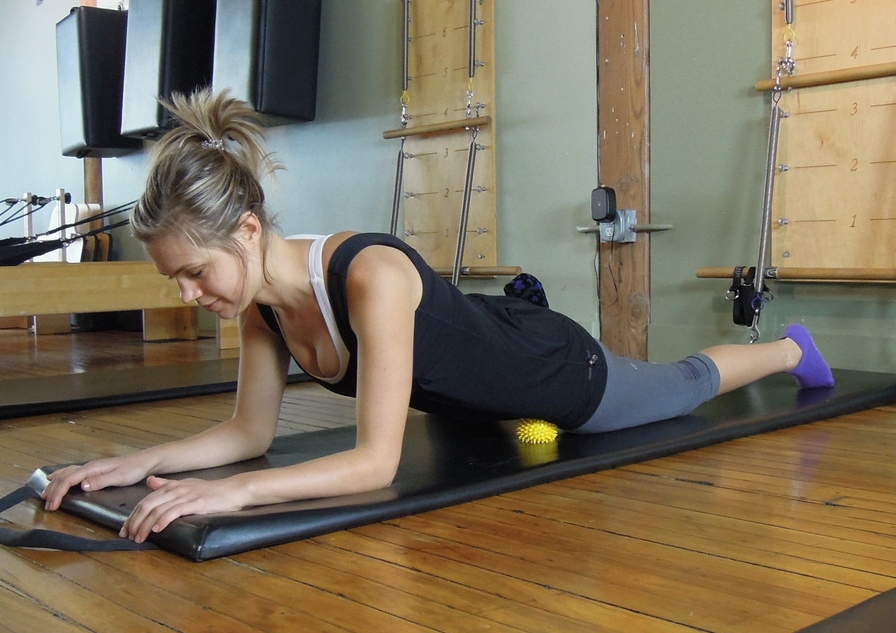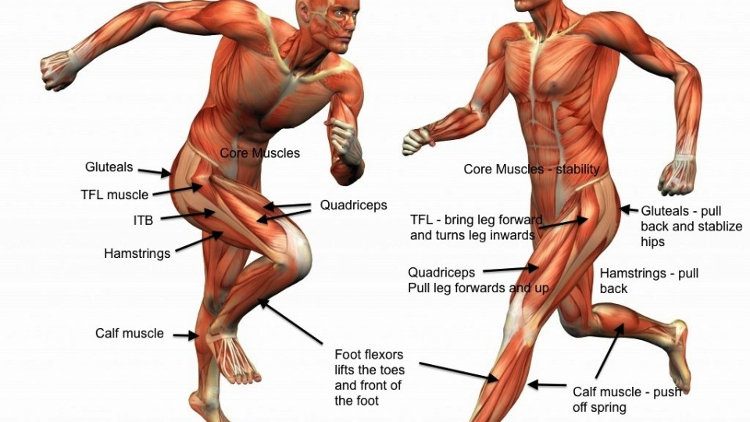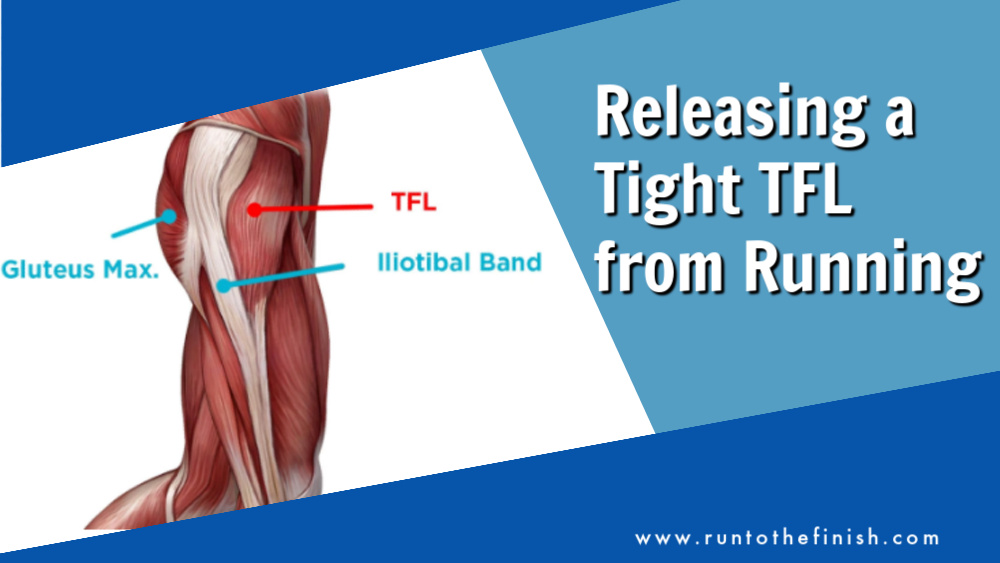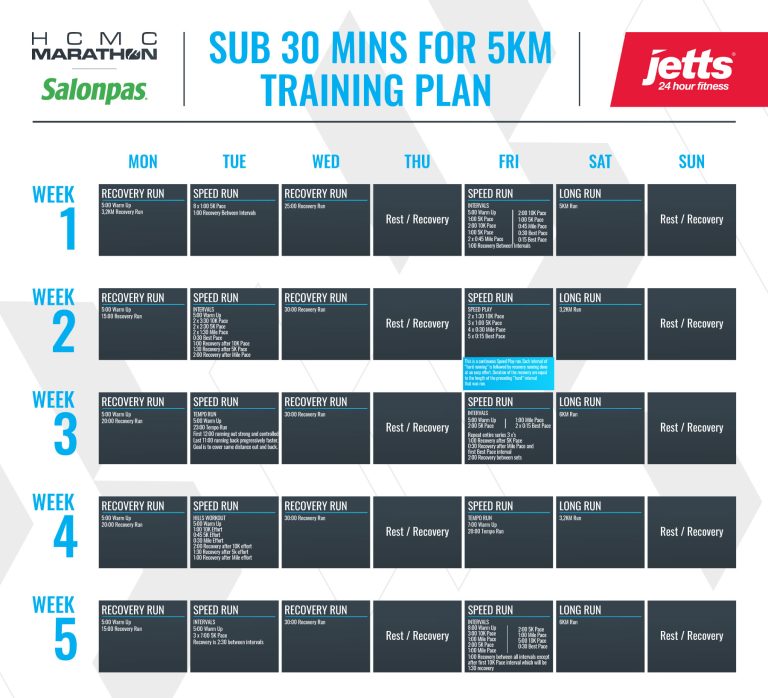Tight Tfl From Running: Symptoms And Solutions
Tight TFL from running can cause pain and stiffness. Stretching and strengthening exercises can help alleviate symptoms and prevent future issues.
For many runners, tight tensor fasciae latae (TFL) muscles can lead to discomfort and impact performance. The TFL muscle, part of the hip flexor group, often becomes tight from repetitive activities like running. When the TFL is tight, it can pull on the iliotibial (IT) band, causing pain and stiffness in the hip, thigh, or knee areas.
Fortunately, incorporating specific stretches and exercises targeting the TFL can promote flexibility and strength, reducing the risk of injury and enhancing running performance. This article will delve into the symptoms of tight TFL from running and provide effective solutions for addressing this common issue.
Common Symptoms Of Tight Tfl
Common symptoms of tight TFL can cause discomfort and hinder daily activities. It’s crucial to recognize these symptoms to address the issue effectively.
Pain In The Hip And Outer Thigh
The most noticeable symptom of a tight TFL is pain in the hip and outer thigh. This pain can be felt as a dull ache or sharp twinge, especially after running or walking for extended periods.
Limited Range Of Motion In The Hip
A tight TFL often leads to a limited range of motion in the hip. This can make everyday movements such as walking, climbing stairs, or bending over more challenging and uncomfortable.

Credit: m.youtube.com
Causes Of Tight Tfl
The tightness of the TFL muscle, or tensor fasciae latae, can be attributed to several factors. Understanding the underlying causes can help in addressing the issue effectively.
Overuse And Repetitive Motion
Overuse of the TFL muscle through repetitive activities like running can lead to tightness and discomfort.
Muscular Imbalances And Weakness
Muscular imbalances in the hip area, along with overall weakness, can contribute to tightness in the TFL muscle.
Effects Of Tight Tfl On Running
Tight TFL muscles can have significant impacts on your running performance and overall well-being. Understanding these effects is crucial for proper management and prevention.
Decreased Stride Length
When your TFL muscles are tight, it can restrict your range of motion, leading to shorter strides while running. This limitation can negatively impact your speed and efficiency.
Increased Risk Of Injury
Tight TFL muscles can increase your vulnerability to various running injuries, such as IT band syndrome and hip flexor issues. Addressing this tightness is vital for injury prevention.

Credit: www.raynersmale.com
Stretching Exercises For Tight Tfl
When it comes to dealing with tight TFL from running, stretching exercises can be a game-changer. Tightness in the TFL (tensor fasciae latae) muscle can lead to discomfort, reduced flexibility, and even impact your running performance. By incorporating specific stretching exercises, you can alleviate the tightness and improve your overall mobility. Here are some effective stretching exercises for tight TFL:
Standing Tfl Stretch
To perform the standing TFL stretch, follow these steps:
- Stand upright with your feet hip-width apart.
- Cross your right leg behind your left and slightly bend your knees.
- Engage your core and gently lean to the left, feeling the stretch in the right side of your hip.
- Hold the stretch for 20-30 seconds and then switch sides.
Supine Tfl Stretch
For the supine TFL stretch, you can do the following:
- Lie on your back with both knees bent and feet flat on the floor.
- Cross your right ankle over your left knee, creating a figure-four shape with your legs.
- Gently pull your left thigh towards your chest, feeling the stretch in your right hip.
- Hold the stretch for 20-30 seconds before switching to the other side.
Incorporating these stretching exercises into your routine can help alleviate tightness in your TFL and contribute to improved flexibility and mobility. Consistency is key, so aim to perform these stretches regularly to experience the benefits.
Strengthening Exercises For Tight Tfl
In this article, we will discuss the symptoms of tight TFL (tensor fasciae latae) caused by running and provide effective strengthening exercises to alleviate this issue. Strengthening exercises can help lengthen and relax the TFL, reducing discomfort and preventing potential injuries.
Hip Abduction Exercises
Hip abduction exercises are ideal for targeting the TFL. These exercises involve moving your leg away from your body’s midline, activating the TFL and glute muscles. Here are some effective hip abduction exercises:
-
Clamshell Exercise
The clamshell exercise targets the TFL and glute muscles. Follow these steps to perform this exercise:
- Lie on your side with your knees bent and feet together.
- Keeping your feet together, slowly lift your top knee while keeping your feet in contact with each other.
- Pause for a moment at the top, then slowly lower your knee back down.
- Repeat for the desired number of repetitions, then switch sides.
-
Side-Lying Leg Lift
The side-lying leg lift is another effective exercise to strengthen the TFL. Follow these steps:
- Lie on your side with your legs straight and in line with your body.
- Slowly lift your top leg as high as you comfortably can, keeping it straight.
- Pause for a moment at the top, then slowly lower your leg back down.
- Repeat for the desired number of repetitions, then switch sides.
-
Resistance Band Hip Abduction
The resistance band hip abduction exercise specifically targets the TFL. Here’s how to perform this exercise:
- Loop a resistance band around your legs, just above your knees.
- Stand with your feet shoulder-width apart, knees slightly bent.
- Slightly squat down and step sideways, stretching the band while keeping tension.
- Step as far as you can, then step back to the starting position.
- Repeat for the desired number of repetitions, then switch sides.
Glute Bridge
The glute bridge exercise is not only great for activating the glutes but also for targeting the TFL. Follow these steps to perform the glute bridge exercise:
- Lie on your back with your knees bent and feet flat on the floor, hip-width apart.
- Engage your glutes and core, then lift your hips off the ground until your body forms a straight line from your shoulders to your knees.
- Pause for a moment at the top, squeezing your glutes.
- Slowly lower your hips back down to the starting position.
- Repeat for the desired number of repetitions.

Credit: www.southgatephysio.co.uk
Frequently Asked Questions Of Tight Tfl From Running: Symptoms And Solutions
What Are The Symptoms Of Tight Tfl From Running?
Tight TFL from running can cause hip, knee, or lower back pain, difficulty in walking, and limited range of motion.
How Can I Prevent Tight Tfl From Running?
To prevent tight TFL, make sure to warm up before running, stretch regularly, strengthen your hip muscles, and vary your running terrain.
What Are The Solutions For Tight Tfl From Running?
Treating tight TFL involves self-massage with a foam roller, using stretching exercises, seeking professional help from a physical therapist, and avoiding overtraining.
Conclusion
Incorporating targeted stretches and strengthening exercises can help alleviate tight TFL muscles and prevent future issues. Remember to listen to your body and take the necessary steps to avoid overtraining. With proper care and attention, you can maintain a healthy and pain-free running experience.
Embrace these solutions and continue enjoying your runs without the discomfort of tight TFL muscles.






